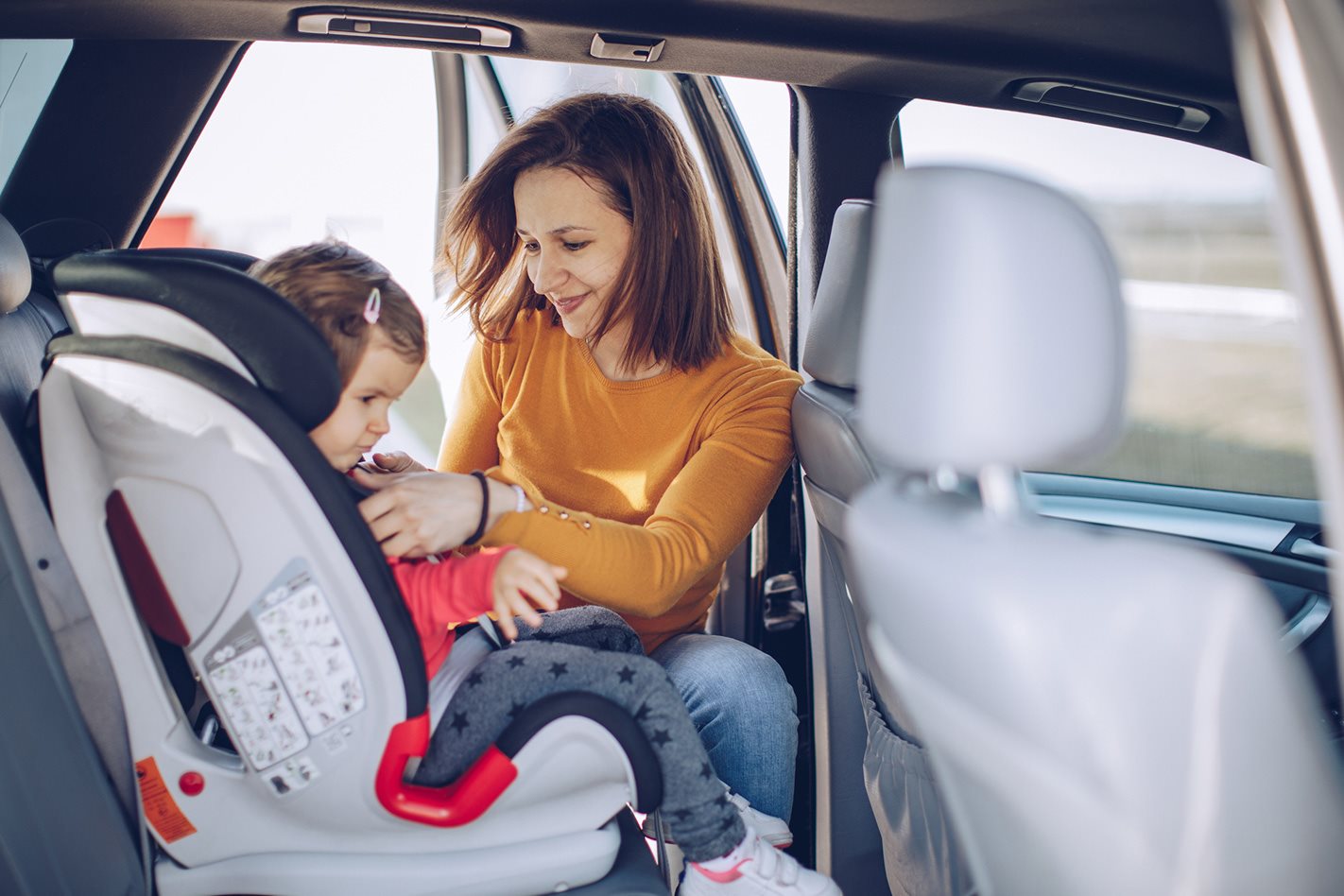Advice

Gallery 1
A recent study has shown almost 50 percent of Aussie parents are unknowingly installing their infant’s car seat incorrectly, putting young occupants at risk. Much of it is due to unclear instructions that are provided with baby seats, says the report, and while the correct method of installing car seats varies between different types and brands, there are laws and guidelines that apply to all.
Here are 10 car-seat installation essentials as recommended by KidSafe and Neuroscience Research Australia (NeuRA).
- All rear- or front-facing child seats and booster seats must be installed and the child strapped in according to the manufacturer’s instructions.
- Never seat two or more children in a single child restraint.
- Always use a top tether for all rearward-facing child restraints, forward facing child restraints, and booster seats that have them.
- Always thread the seatbelt through the correct path (follow colour coding available for newer car sears).
- Ensure there is no slack or looseness in any part of the system. Check the harness straps around the child, the top tether, the seatbelt anchoring the restraint to the vehicle, and the seatbelt used by a child in a booster seat.
- Check that the seatbelt is buckled before each trip.
- Using an approved restraint fitting service will help ensure that everything is used correctly and that your child is as safe as possible.
- Rear- and forward-facing child restrains should not be used in the front passenger seat where an airbag is installed and can’t be disabled.
- Do not use car seats that have been involved in a moderate to severe car crash or are more than 10 years old.
- Regularly check that child restraints are correctly installed, and that they’re adjusted properly for the child’s size according to the restraint users’ manual.




